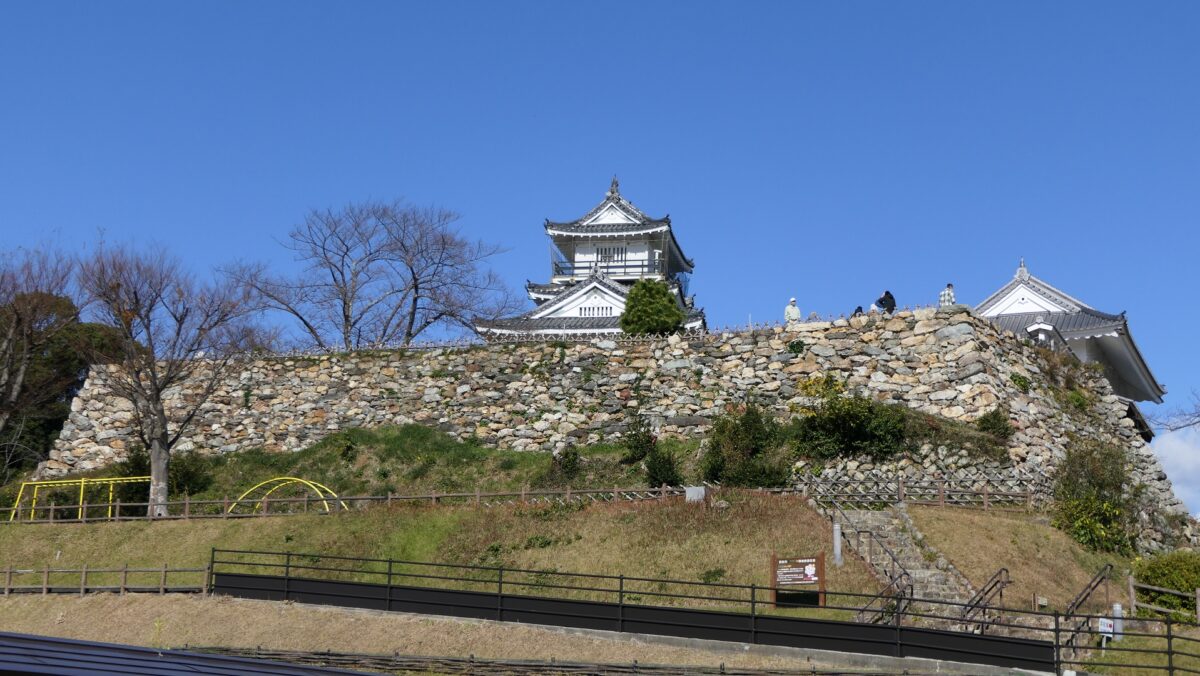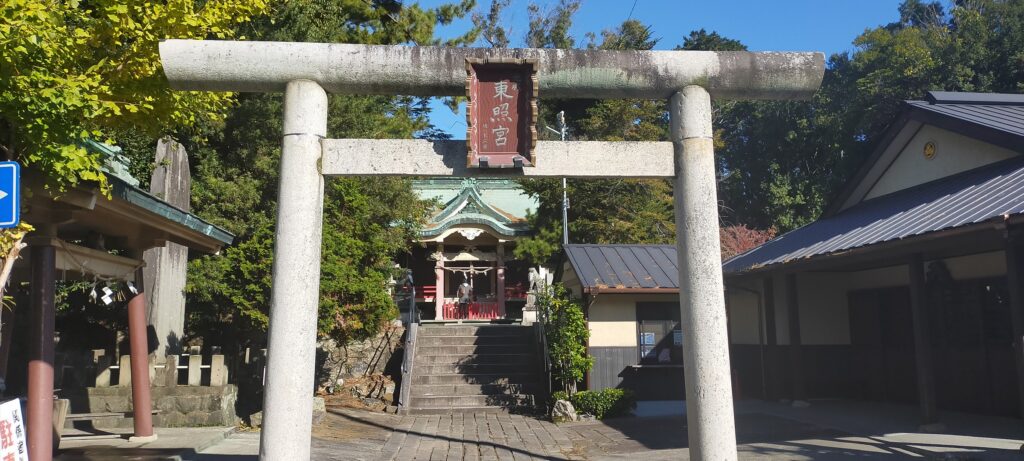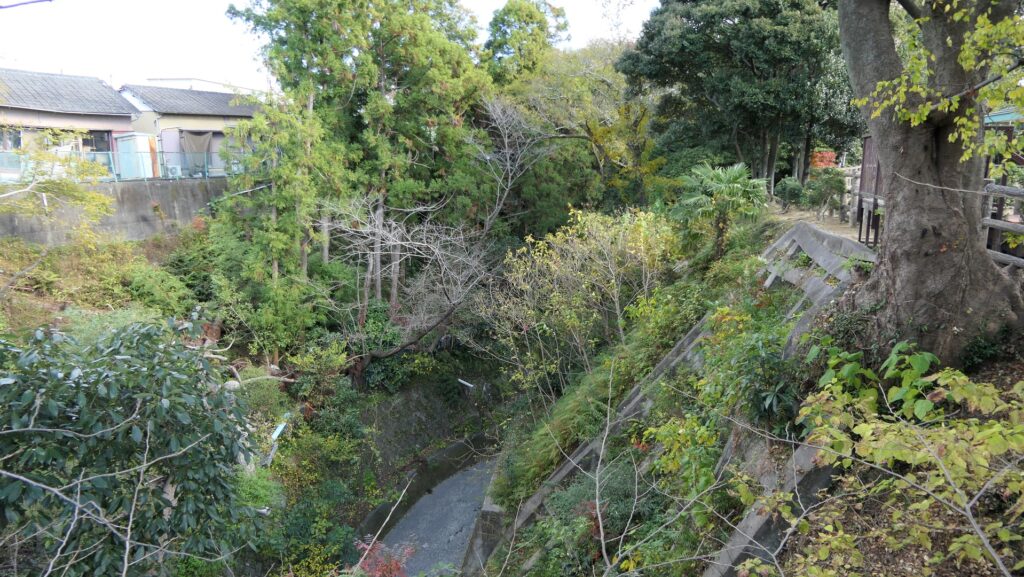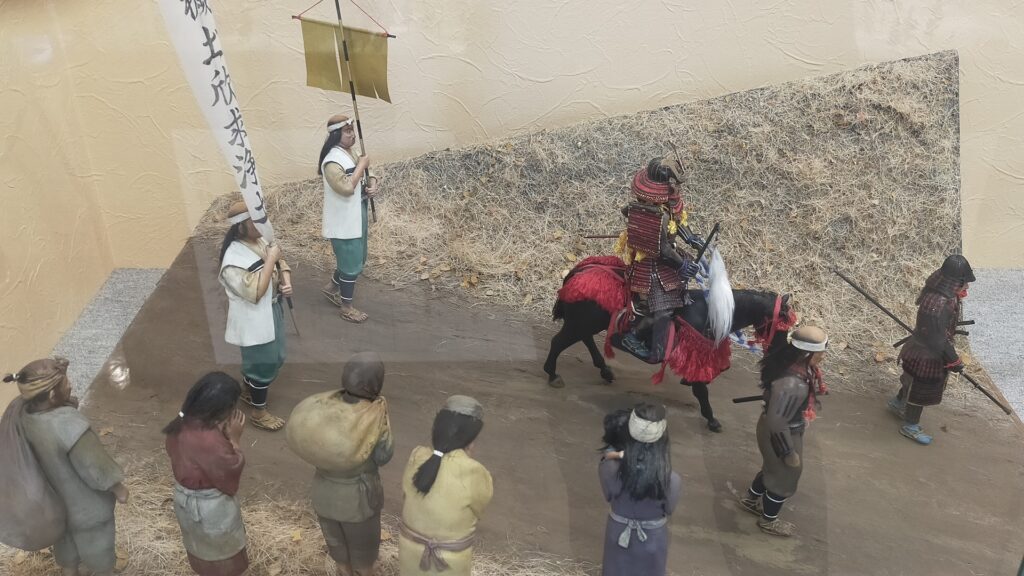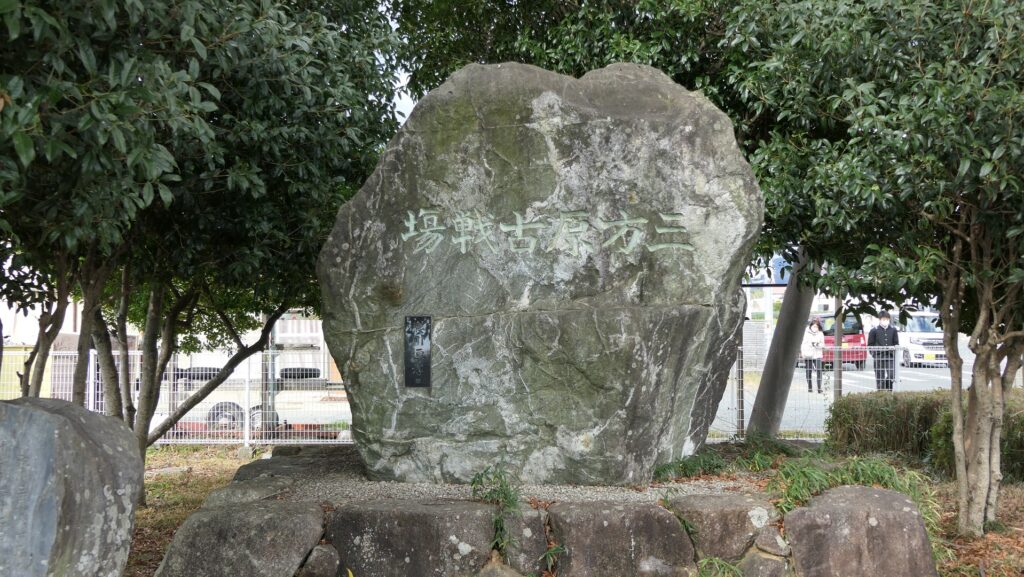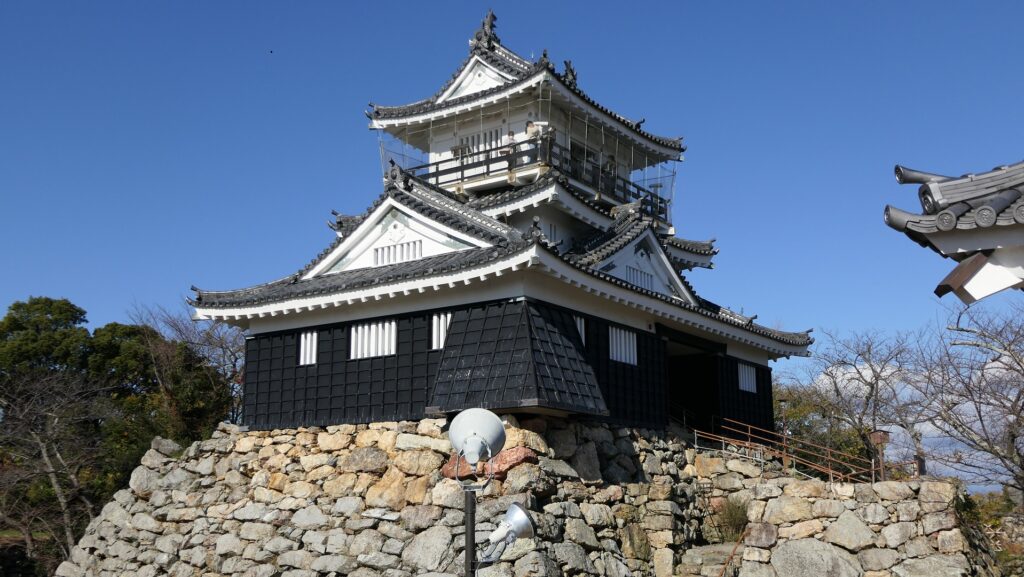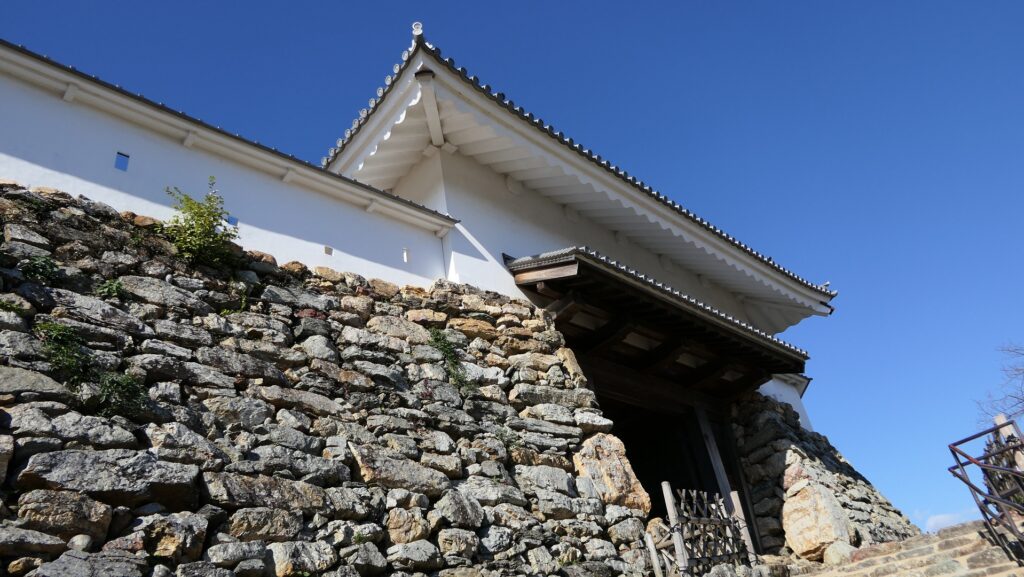Later History
After the Meiji Restoration, Otaki Castle was abandoned and all the buildings of the castle were demolished. The land of the castle was turned into fields, with a school and a residential area. The Imitation Main Tower was built in 1975 after the excavation in 1973. Otaki Town has been promoting this castle as being built by the famous general, Tadakatsu Honda.

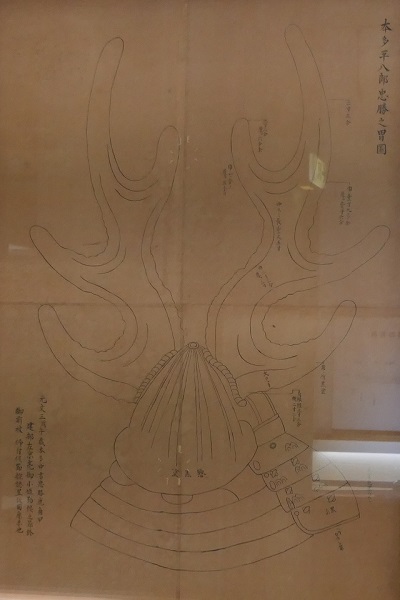
My Impression
The Main Tower of Otaki Castle is temporarily closed (as of Oct22) as it needs repairs such as earthquake proofing. Otaki Town will operate it following Chiba Prefecture after the repairs. Castles that include Main Towers are indispensable to local cities or towns because they serve as symbol and facilities for tourism. I also recommend seeing the castle town street near Otaki Station, where some old merchant houses remain.


How to get There
I recommend using a car when you visit the castle.
It is about a 30-minute drive away from Ichihara-Maizuru IC on the Ken-odo Expressway. You can park at the parking lot located under the Main Enclosure.
If you want to use public transportation, it takes about 15 minutes on foot from Otaki Station.
To get to Otaki Station from Tokyo: Take the Wakashio limited express and get off at Ohara Station and transfer to the Isumi Railway.
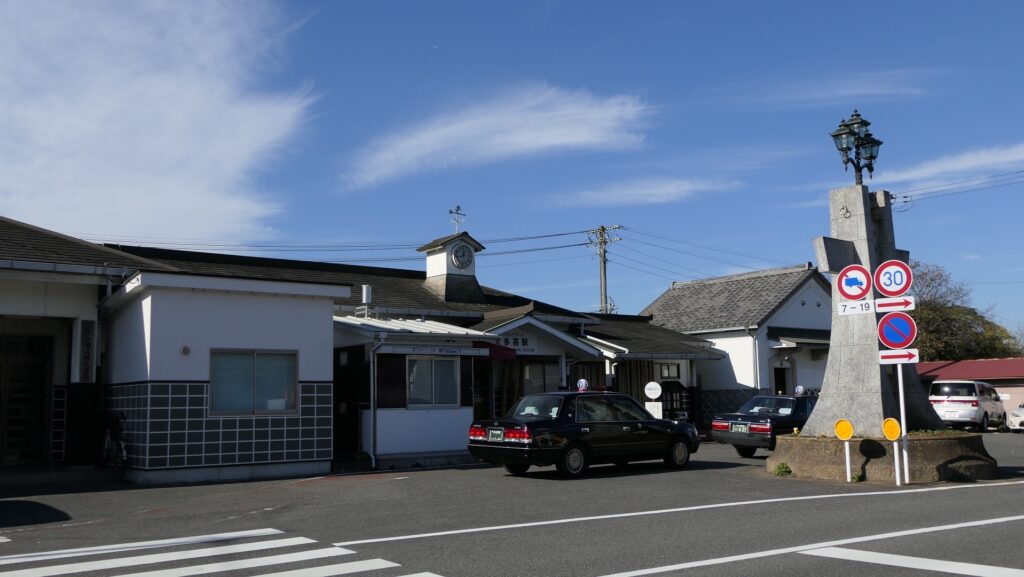
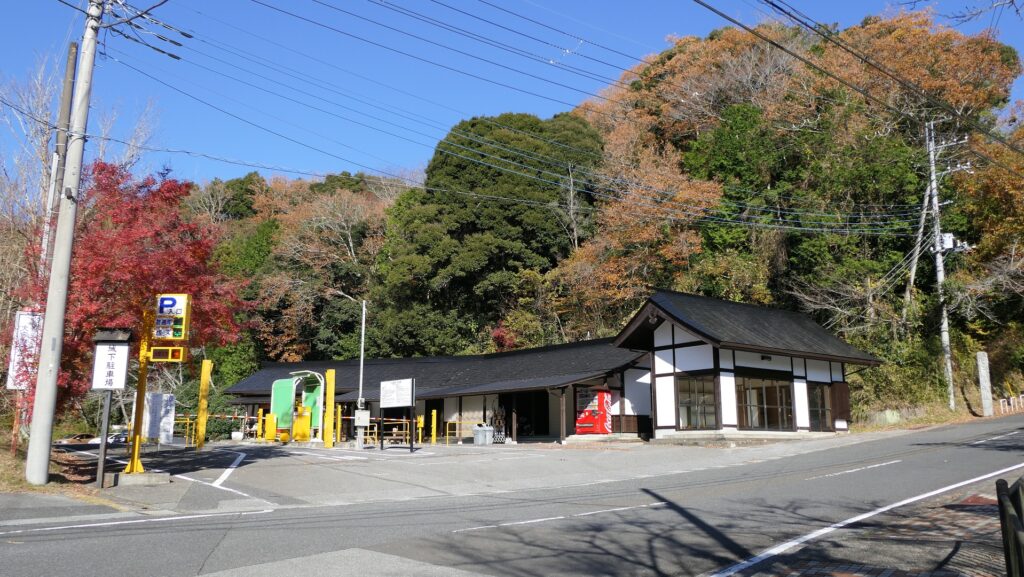
Links and References
That’s all. Thank you.
Back to “Otaki Castle Part1”
Back to “Otaki Castle Part2”


